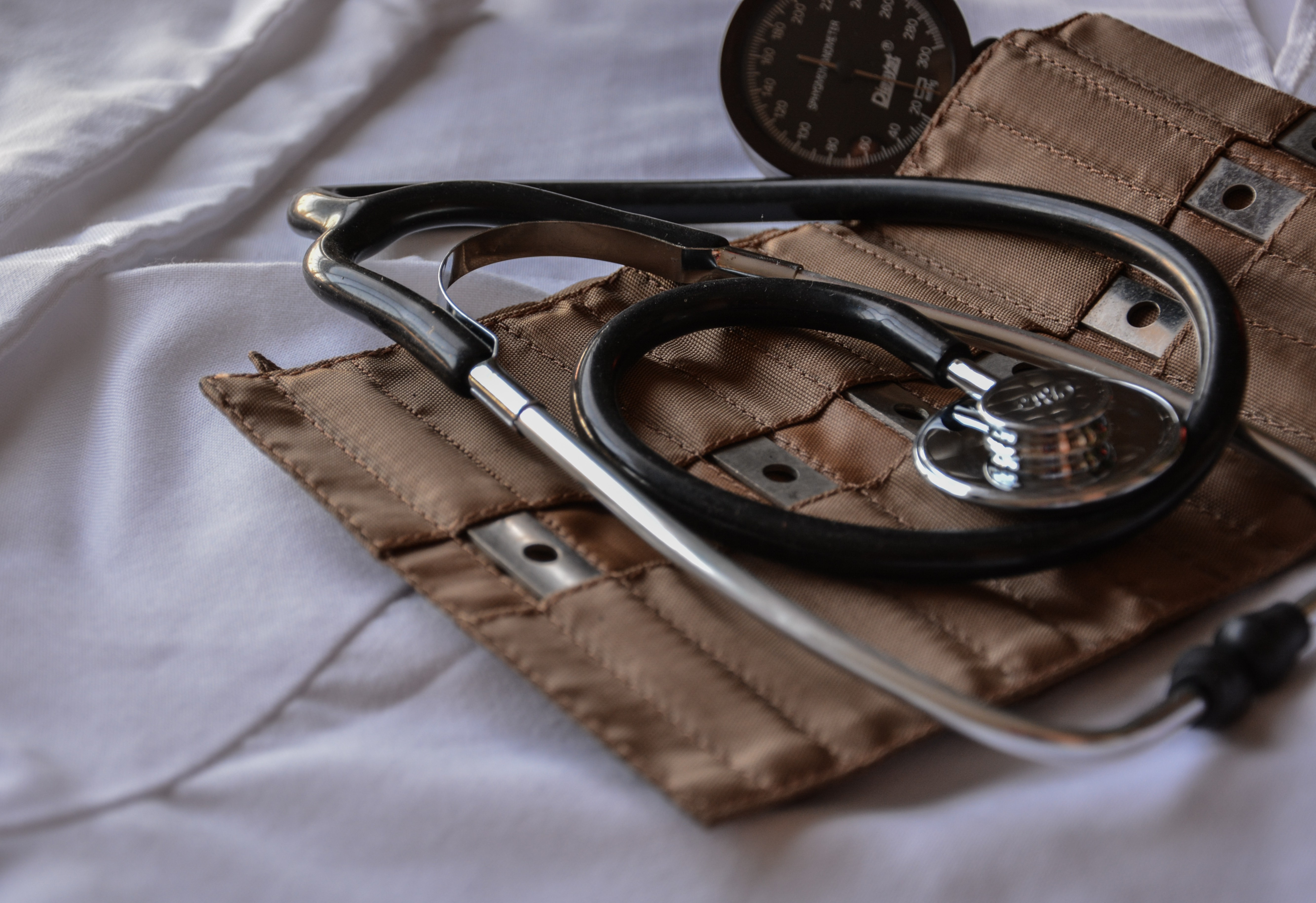The ability of machine to make sense of images and videos
What an exciting time to be alive
Computer vision is a super star of deep learning applications that has waltzed out of the research labs and found its way to various inductries
From image classifications for cancer detection to object detection in self-driving cars to Face Id in your phones the possibilites are endless
We will start with essential theories from capstone papers then move on to Code implementations that you can get on with some practice right away

Object Detection
Faster R-CNN, YOLO, SSD, and RetinaNet are the most popular algorithms used for object detection. In this project,
we will dive deep into SSD with PyTorch and investigate various techniques for training better DL models such as:
learning rate annealing, Kaiming_init, batchnorm, and adaptive loss weighting
Spoiler alert: we will be able to produce even better results that the origianl paper ^ ^

Skin Cancer Detection with stacking
Image classification for dermatology is one of the first computer vision applications that surpass human performance and creates great value
for the society.
In this project, we will be creating, not just one, but five AI-dermotologists and combine their decisions using ensemble learning and compare with state-of-the-art benchmark results.

Image Captioning with attention mechanism
How about teaching a computer to tell a story about a picture?
We will learn how to do just that, and addressing some of the common shortcomings with
attention mechanism and beam search.

Facial Keypoint Detection
Once our Object Detection Net crops out a region of interest for us, there many meaningful follow-up tasks to be done.
We will start by detection Facial Keypoint on human face and then I will share with you how this technique can be applied in the
surgical robotics scienario.
Computer Vision & Surgical Robotics
I am working on a new surgical robotics project where novel computer vision techniques will play a vital role.
More specifically, I will create a hybrid-architecture with SSD, keypoint detection, a low-frequency LSTM and a high-frequency LSTM.
The inspiration comes from the VINet paper and I will soon update my new findings in my
surgical robotics page(linked below).
Stay tuned. ^ ^
